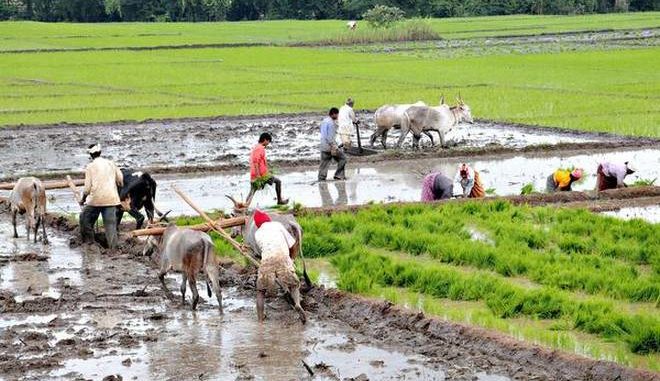
By
The US foreign agriculture service (FAS) further quotes, ‘India is the world’s second most populous country with a total population of 1.3 billion and accounts for 17.3 percent of the global population according to Indian data published by the United States Census Bureau’
During various ups & downs of the previous year, India has still retained its moderate situations among lucrative export destinations for agriculture producers. In a recent report by foreign agriculture service of US, a brief about current agriculture market scenario of India has been published.
India with a large and rapidly expanding middle class, rising disposable incomes, and shifting consumption pattern towards higher-value and processed products has become a lucrative export market for major agrarian exporters like US. The United States is the largest supplier of consumer-oriented exported products to India, suggests the latest report from the global agriculture information network.
The US foreign agriculture service (FAS) further quotes, ‘India is the world’s second most populous country with a total population of 1.3 billion and accounts for 17.3 percent of the global population according to Indian data published by the United States Census Bureau’. The real story starts with the projection of India’s future perspectives. India is projected to be the world’s most populous country by 2026. It currently is one of the youngest countries in the world with a median age just under 28 years and nearly 62.3 per cent of Indians are under the age of 35. According to India’s 2011 census, with a population of 18.4 million, the greater Mumbai area is the most populous urban centre in India followed by Delhi (16.3 million), Kolkata (14.1 million), Chennai (8.7 million), and Bengaluru (8.5 million). There were over 53 urban areas with a population over one million people in India’s 2011 Census.
Nearly half of all Indians are married and live in joint or extended families resulting in an average household size of 4.8 people. In urban areas, smaller nuclear families are becoming more common as mobility and employment opportunities increase. However, geographic, cultural, and socio-economic differences persist throughout the country and create divergent consumer demands and consumer profiles that are varied and dynamic.
In nominal terms, total food expenditures are anticipated to reach four trillion USD by 2025. Demand for specialty and high-value foods such as chocolates, nuts and dried fruits, cakes, fresh fruits, confectionery items, and fruit juices peak during the fall festive season, especially at Diwali – the Hindu festival of lights which occurs during October or November. Industry interlocutors classify this as the best time to introduce new-to-market food products in India.
FAS further says, “Consumption of processed foods such as domestically produced chips, biscuits and cookies, and vegetable oils penetrate lower income categories in both rural and urban areas. Rural areas are emerging as important markets for fast-moving consumer goods and daily staples like edible oils, pulses, fruits, and vegetables”. The agency has also focussed on where the consumer behaviour dictates, whether rural or urban and regardless of income level, tradition dictates Indian consumer habits.
Source: BW Businessworld

Leave a Reply